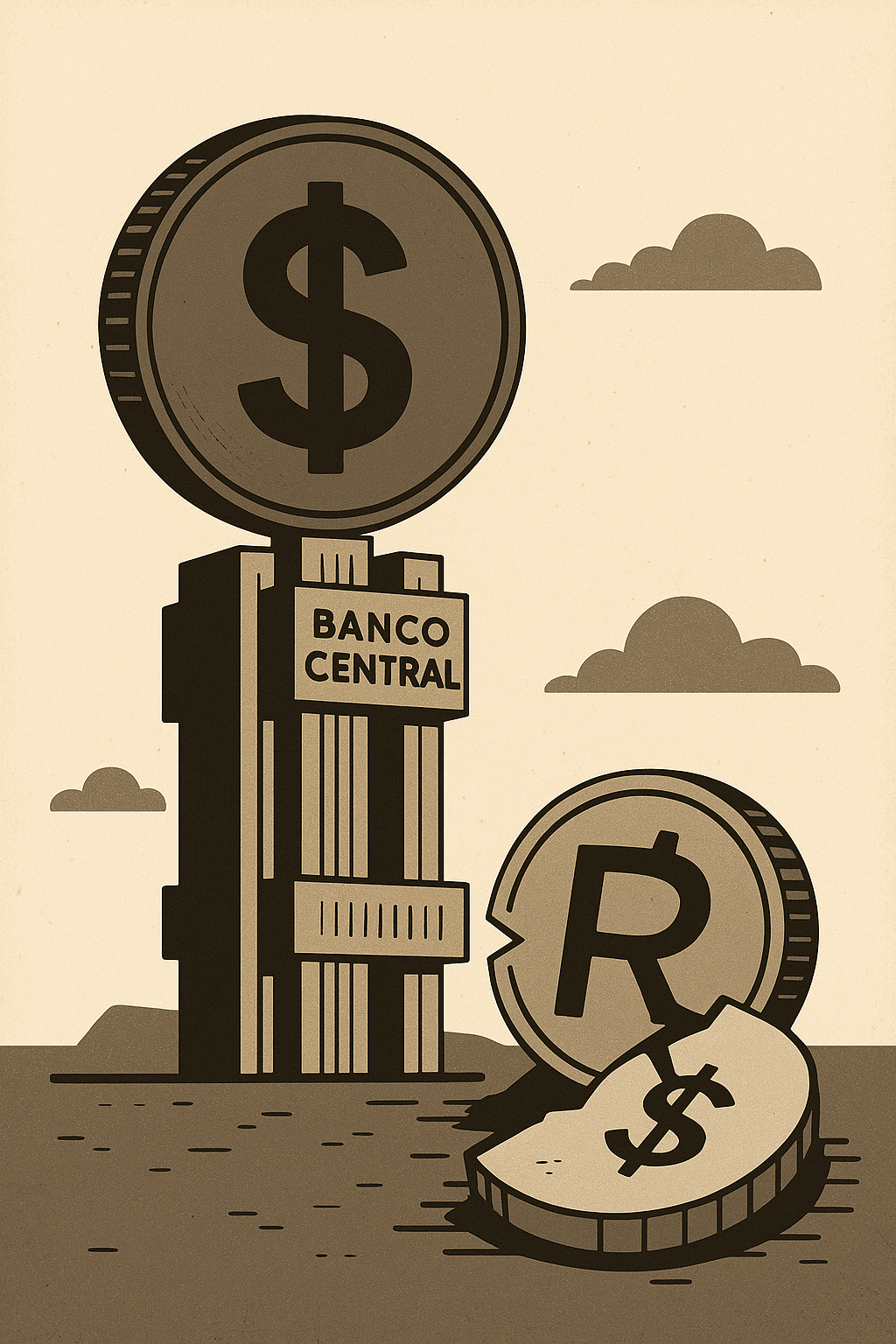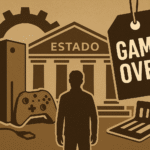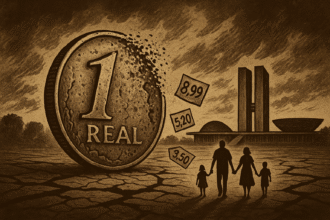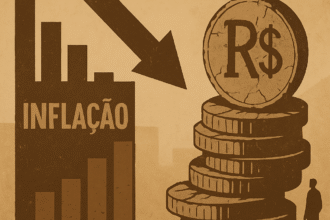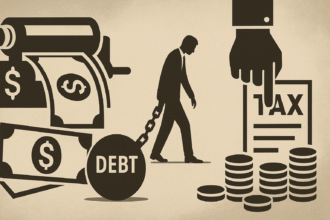You don't pay a lot because it's imported — you pay a lot because the real is worth little.
In this post, we go beyond the surface: it’s not the price of goods that are rising — it’s the value of your money that’s falling. In January, the real was the second best currency in the world; but in the last 12 months, it has fallen to the second worst position among global currencies. source: InfoMoney. In 2025, it already leads the ranking of devaluation against the dollar, according to a survey by Gazeta source: The Gazette. it's not the price of goods that is rising — it's the value of your money that is falling. Understand how the systematic destruction of the Brazilian currency turns any basic or leisure item into a luxury item, and why this crisis is not technical, but political.
The “high price” illusion
As we have shown in other articles — “Microsoft raises prices and confirms what we already said” and “Game Over in Economic Freedom: The Politics of Delay Has Arrived in the Gaming Sector” —, the problem of the increase in price is not in the product itself, but in the policy that erodes the value of the currency
- How many times have you heard that a product is “too expensive because it is imported”?
But stop and think: the product itself hasn't changed. What has changed is the currency with which you try to buy it.
In recent years, the real has lost value continuously, even in periods of GDP growth or apparent stability. This is not a technical or external phenomenon. It is a political-economic project that undermines citizens' purchasing power in the name of fiscal irresponsibility and state expansion.
Exchange rates are a mirror of politics
The dollar doesn't rule because it's strong. It rules because the real is weak.
And the real is weak because the Brazilian State — with different governments, parties and ideologies — uses inflation as a management tool.
We spend more than we earn. We go into debt without limit. And when the bill comes, we print money — or artificially expand credit.
The result? Systematic devaluation of the currency, loss of confidence and silent erosion of the population's purchasing power.
The price in everyday life
The average Brazilian doesn’t need graphs to understand the problem. He feels it in the grocery store, at the gas station, when paying his school bill — and now, in entertainment, too.
Items like a video game controller, which would cost around US$$ 50 in any country with a stable currency, can cost as much as R$$ 500 in Brazil. And that's with promotions.
The problem, again, It's not the product. It's the currency.
Inflation as a State Policy
The state profits from inflation. Every time money loses value, the government's tax collection machine automatically grows: more nominal taxes, more indexed credit, more indirect control over the economy.
And the citizen?
He is forced to work more, consume less, plan less — and is even accused of living “above his means.”
Meanwhile, the Central Bank pretends to be neutral, but acts as an accomplice. And the political class justifies everything with phrases like “the market is volatile” or “the dollar is under pressure”. But the truth is: The Brazilian is the one under pressure, crushed between the spending State and the rotten currency.
Conclusion
The high price of products is not caused by their foreign origin, but by the deliberate destruction of the value of the national currency. Inflation, far from being a miscalculation, has become a political tool — and the common citizen is the one who pays for it.
The problem is not the strong dollar. It is the weak real, eroded by irresponsible policies that treat the currency as a fiction useful to power. If we want affordable products, we need a strong currency. And this will only come with fiscal responsibility, respect for the market and clear limits on the power of the State.
📩 Do you want to understand why the real lost value and how this affects all areas of your life?
Subscribe to the newsletter Economic Radar and receive clear and direct analyses of what really impoverishes Brazil.
